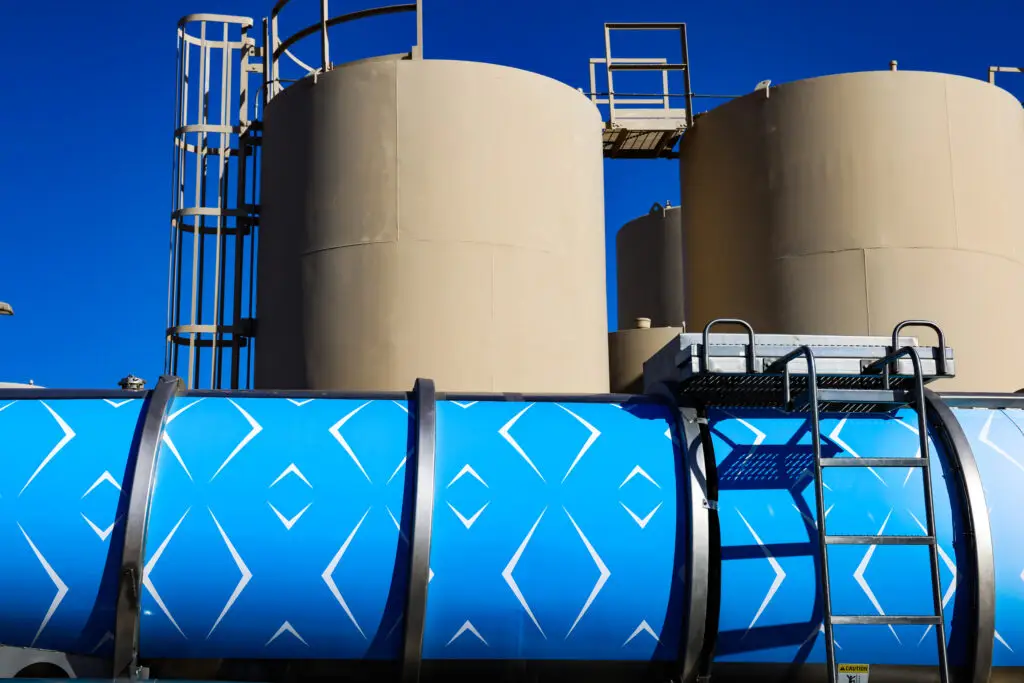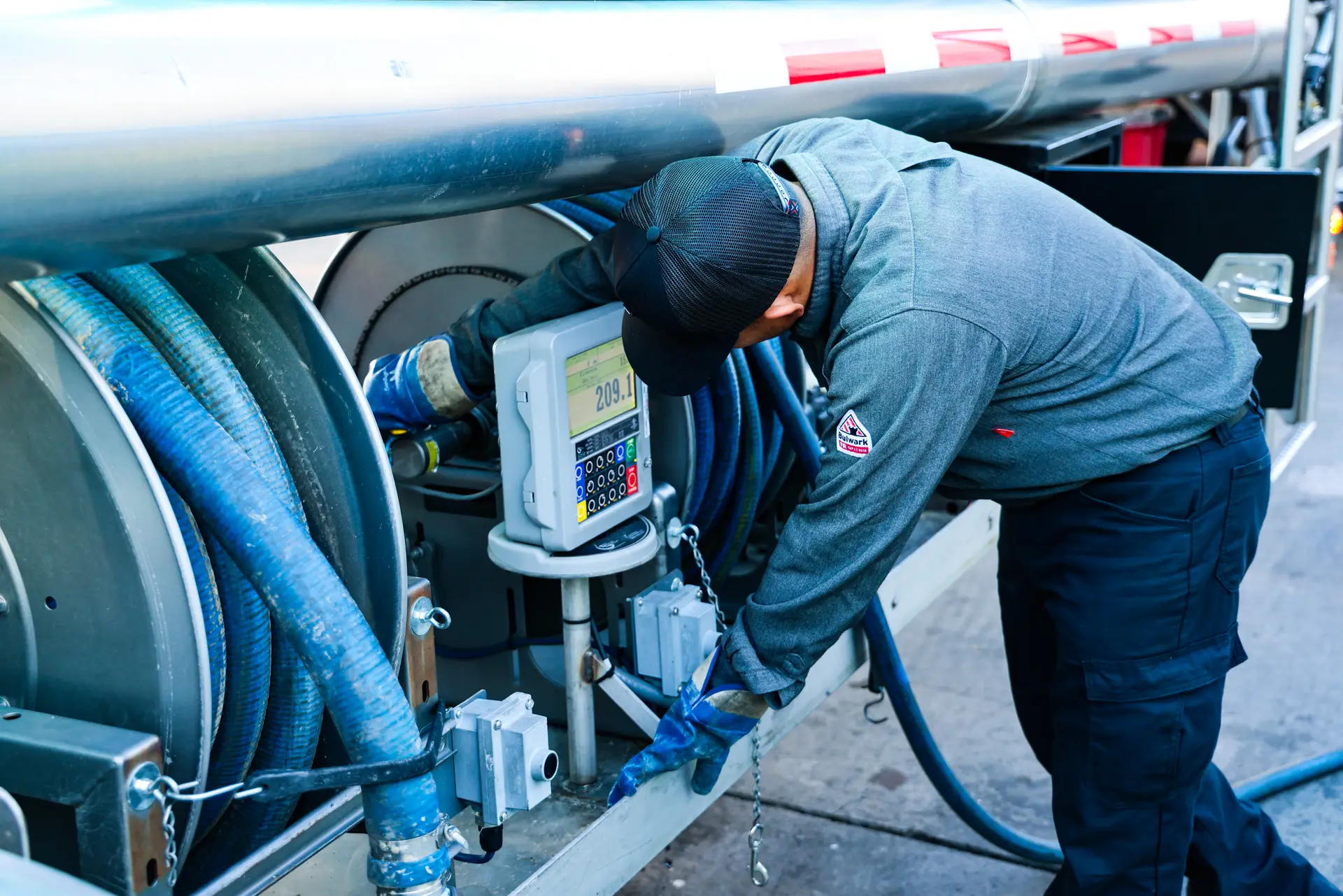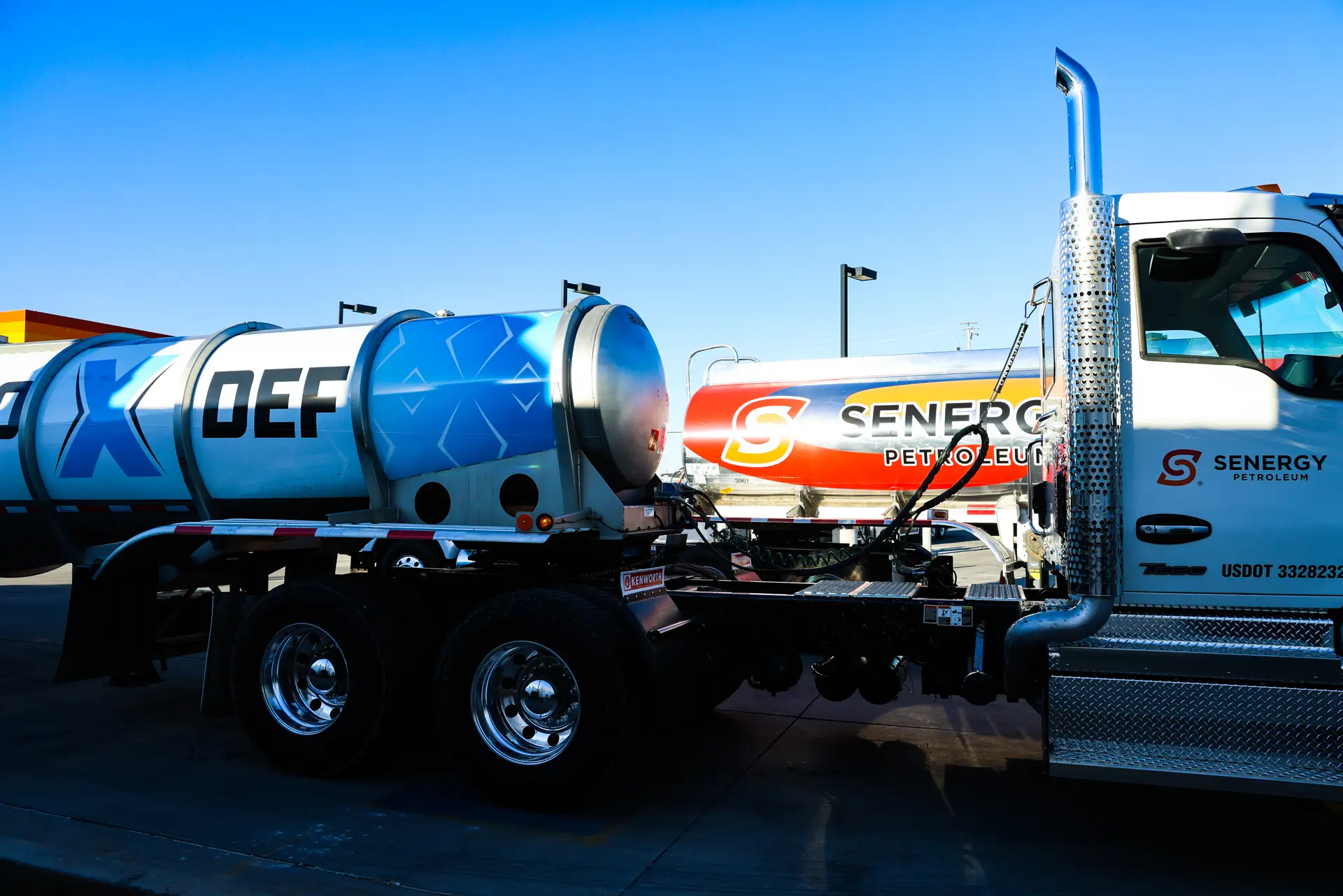Operating a government fleet is no small task. Budgets must be managed carefully, emission standards must be met, and public expectations must be satisfied. Every decision matters, from the vehicles selected to the roads they travel and how they are maintained. One area gaining increased attention in public fleets is the use of Diesel Exhaust Fluid (DEF). While it rarely takes center stage, DEF plays a quiet yet vital role in making government fleets cleaner and more efficient.
For those unfamiliar, DEF is a simple solution made of deionized water and urea. It is used in Selective Catalytic Reduction (SCR)-enabled diesel engines. When injected into the exhaust stream, DEF breaks down harmful nitrogen oxide emissions into harmless nitrogen and water vapor. This process not only benefits the environment but also ensures vehicles remain compliant with EPA emissions regulations.





